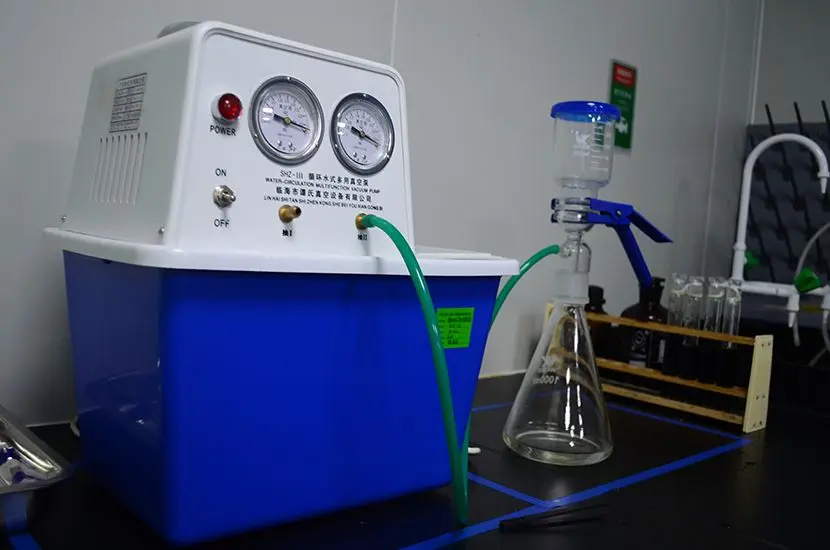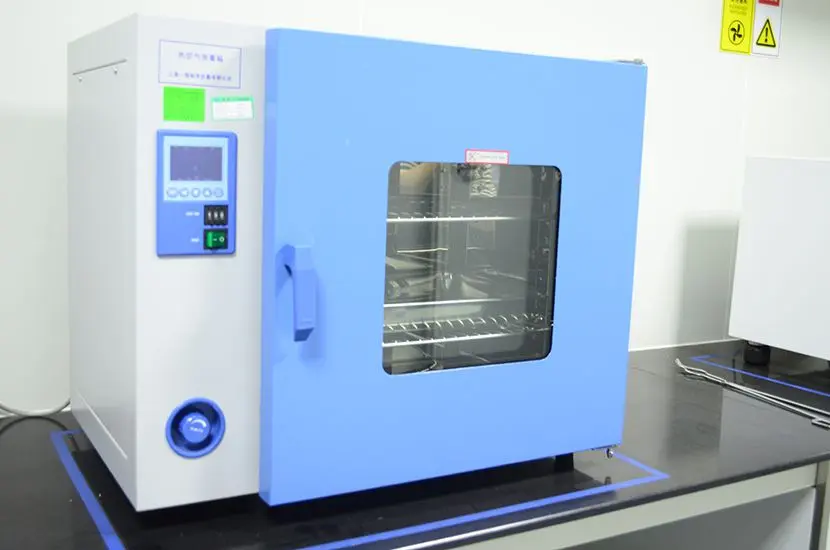
What Is an MSDS Report?
An MSDS report, short for Material Safety Data Sheet, is a document that provides essential safety and technical information about cheMICals. In Chinese, it is commonly referRED to as a chemical safety data sheetor material safety data table.
Msds reports follow specific formats and standards, which vary by country. A standard MSDS typically includes 16 sections:
1. Identification of the substance and supplier
2. Composition/information on ingredients
3. Hazard identification
4. First-aid measures
5. Firefighting measures
6. Accidental release measures
7. Handling and storage
8. Exposure controls/personal protection
9. Physical and chemical properties
10. Stability and reactivity
11. Toxicological information
12. Ecological information
13. Disposal considerations
14. Transport information
15. RegULatory information
16. Other information
However, not all supplier versions of MSDS reports include all 16 sections.
Storage and Management of MSDS Reports
MSDS reports should be stored in easily accessible locationsto ensure quick reference during emergencies. Companies are encouraged to establish an MSDS management systemto guarantee that each chemical in use has a corresponding MSDS.
By understanding and following the information provided in an MSDS, users can safely handle, store, and dispose of chemicals, thereby minimizing risks to human health and the environment. For personnel involved in transportation, Section 14of the MSDS helps determine whether a product is classified as general goods or hazardous materials for packaging and transport purposes.
Purpose and Content of MSDS Reports
MSDS reports are sometimes also referred to as Chemical Safety Data Sheets. Their primary purpose is to provide detailed information about potential hazards—including health, fire, reactivity, and environmental risks—and how to safely use chemicals.
An MSDS forms the foundation for implementing health and safety programs. It includes guidelines for use, storage, and emergency response proceduresinvolving hazardous substances. Compared to product labels, an MSDS provides much more comprehensive information.
Suppliers or manufacturers are typically required to provide MSDS reports detailing:
① Product hazards
② Safe usage instructions
③ Consequences of not following safety guidelines
④ Emergency procedures for accidents
⑤ Symptoms of overexposure
⑥ Response measures for serious incidents
MSDS Terminology by Region
In European countries, MSDS reports are often referred to as Safety Data Sheets (SDS)or Technical Safety Sheets. The International Organization for Standardization (ISO)adopts the term SDS, while countries such as the United States, Canada, Australia, and many Asian nationscontinue to use MSDS.
How to Apply for an MSDS Report
1. Prepare Required Materials
Gather product-related documents, including:
① Product manual or user guide
② Complete list of product ingredients
③ Data on physical and chemical properties
④ Product samples (if required, clearly labeled with specifications and usage)
2. Submit the Application
Fill out the official MSDS application form, which should include:
① Company name and contact information
② Product name, model, and classification
Description of intended use and hazardous properties
MSDS Application Process & Timeline
1. Complete the MSDS application form
2. Provide necessary documents such as the ingredient list and product manual
3. Upon receiving all materials, the laboratory will complete the report within 5–7 working days
Email:hello@jjrlab.com
Write your message here and send it to us
 What Are the Testing Items of California Propositi
What Are the Testing Items of California Propositi
 E-Cigarette EU TPD Testing
E-Cigarette EU TPD Testing
 Testing Certification for E-cigarettes Exported to
Testing Certification for E-cigarettes Exported to
 What is Amazon US CPC Certification?
What is Amazon US CPC Certification?
 UK Toy Safety Regulation Standard EN 71-13
UK Toy Safety Regulation Standard EN 71-13
 What is EU UFI Registration?
What is EU UFI Registration?
 EU UFI Registration for E-cigarette E-liquid
EU UFI Registration for E-cigarette E-liquid
 How to get the MSDS Report for Electronic Cigarett
How to get the MSDS Report for Electronic Cigarett
Leave us a message
24-hour online customer service at any time to respond, so that you worry!




